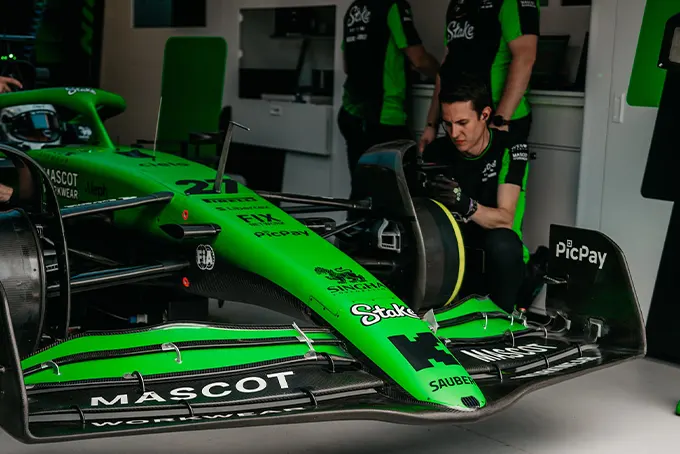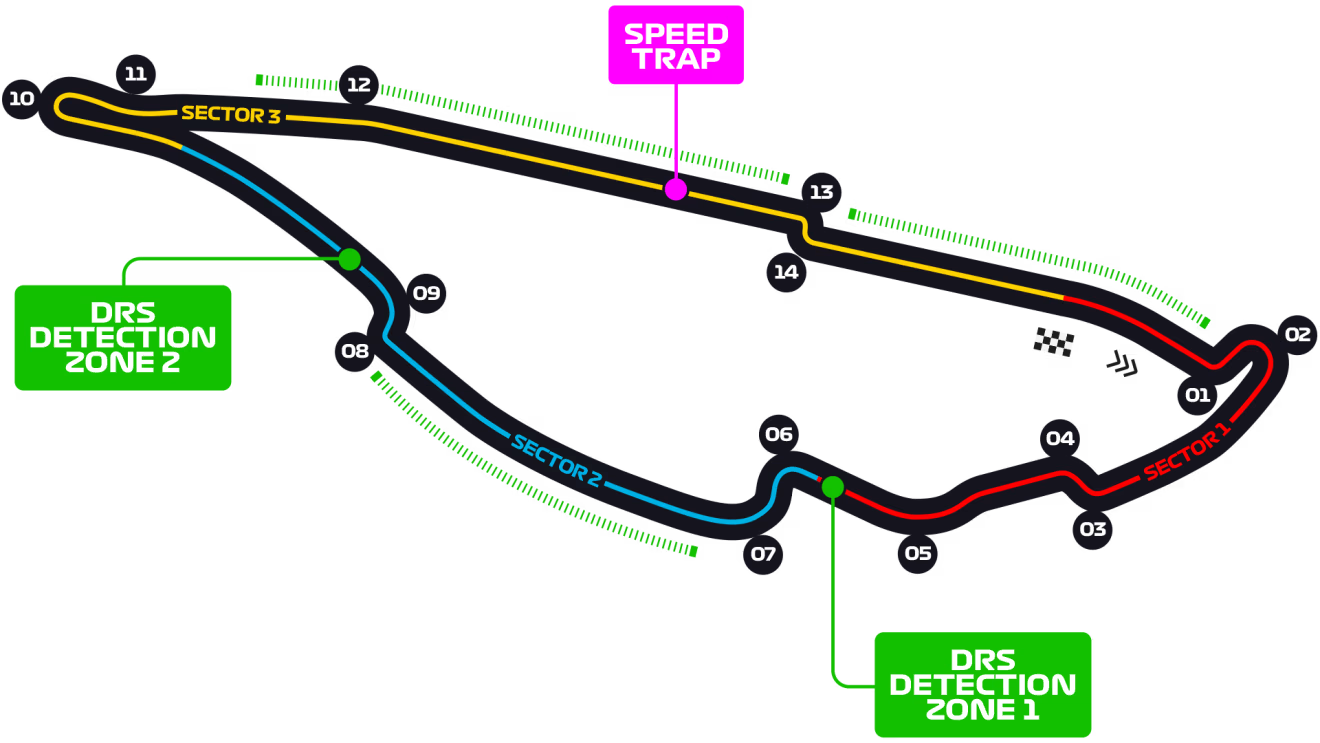Ex-Red Bull chief Jonathan Wheatley reveals Audi’s team structure and motivation already outclass rivals ahead of their 2026 F1 debut.
That’s the striking claim from Jonathan Wheatley, the long-serving former sporting director at Red Bull, who last year, amid turmoil surrounding Christian Horner, decided to accept an offer to become the new team principal of Audi F1.
This year, Sauber is undergoing a full transition ahead of its rebranding as Audi’s works team starting in 2026.
However, Mattia Binotto, the CEO of Audi F1, warned just days ago that the German brand might not debut with a fully competitive works engine next year. Sauber has also spent several years languishing at the back of the grid, although Nico Hülkenberg’s fifth place in Barcelona brought a glimmer of hope.
“We want to be fully operational by 2030,” said Wheatley, the team principal.
“We have the key ingredient for that. Our people are not only skilled but also highly motivated and passionate about their work. That came as a surprise to me.”
“Because the past few years haven’t been easy. It would be understandable for morale to dip, but instead, people are full of enthusiasm. We now need to channel that energy in the right direction.”
There is believed to still be some lingering tension between Wheatley and his former boss at Red Bull, Christian Horner. The two now go head-to-head in F1 team principal meetings.
When asked whether he learned anything from Horner, Wheatley replied, “It wasn’t just Christian. Many people influenced me.”
“I’ve had some great managers and some not so great. I blend those experiences with my background as a mechanic, sporting director, and now with what I’m experiencing here. I’m still learning every day.”
“My most important rule is, and always will be, to treat everyone the way you want to be treated. I know the responsibility I carry and I want to lead by example. Problems may arise, but we must not lose sight of our goal.”
What is relatively clear is that Wheatley brings a wealth of Red Bull experience in building a truly championship-level structure.
Asked what Audi can learn from Red Bull, he emphasized, “It’s about setting clear processes. Everyone must understand their role, their responsibilities, and the hierarchy.”
“But not everything was better there. In fact, there are already many things that work better here than what I was used to at Red Bull.”
For example, he explains, “Traffic management during qualifying.”
“Communication with the operations center at the factory during Grands Prix is also improving. These elements can make all the difference, and what I see gives me confidence.”

